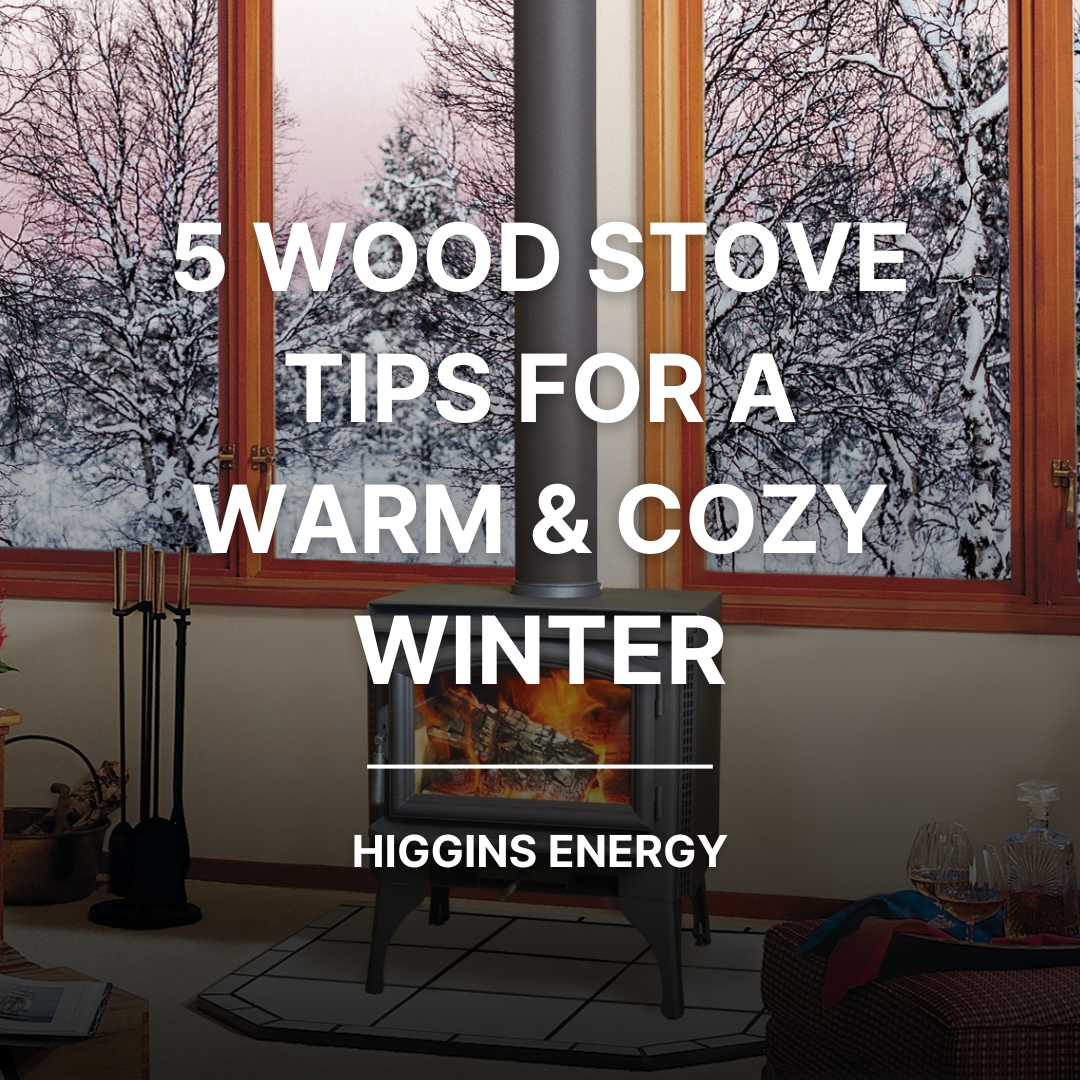
Cold winter nights can be a pain here in New England. But when the snow is falling and you’ve got the soft glow, crackling embers and comfy heat of a burning wood fire in your wood stove, there’s nothing quite as cozy or enchanting.
To make the most of these cozy nights and keep your home and family warm during the winter months, it is important to ensure that your stove and chimney are clean and working properly all season long. Here are 5 tips to make your winter warm and cozy with a well-maintained wood stove and chimney.
1. Get your stove and chimney professionally cleaned and swept at least once a year.
Did you know that nearly two thirds of house fires are caused by build-up called creosote in the chimney flue from wood stove fires? When the temperature inside the flue gets high enough, the creosote can ignite, causing a chimney fire. Getting your stove and chimney professionally swept and cleaned is a surefire way to keep your stove and chimney operating safely. If you need a chimney or stove cleaning, we have nationally certified professionals to get it done quickly and safely. You can call us at 978-355-6343 or schedule your chimney cleaning here or stove cleaning here.
2. Burn seasoned or kiln-dried firewood.
When you burn the right type of wood, it makes a difference. Burning a seasoned hardwood such as oak, maple or ash in a wood stove is efficient, long-lasting, and reliable. Kiln-dried firewood is also a good option, as its moisture content is consistently less than 25%, so you’ll get less smoke and less creosote build-up.
3. Clean out excess ash regularly.
It’s a good habit to keep your stove clean during the peak burning season. Some at-home cleaning you can do yourself includes scraping the ash pan, cleaning the glass face, vacuuming any debris, and brushing the chimney pipe.
4. Keep your fire to a reasonable level.
While it may be tempting to light a large, hot fire on cold nights, it’s safer to keep the fire lit to a moderate level. Excessive heat can damage your chimney lining and cause it to crack, exposing your home to a potential house fire.
5. Check to make sure your wood stove doors are sealing properly.
The doors of your wood stove should be tightly sealed to allow no incoming air flow into the stove or allow smoke to escape into your home. A quick check is to put a dollar bill half-way into the door and close the door. If you can pull the dollar bill out without tearing it, it’s time to get your stove doors resealed.
BONUS TIP: Install a carbon monoxide detector on every floor of your home.
Even if you do not own a wood stove, you should have working carbon monoxide detectors in your home. Carbon monoxide is deadly and undetectable by sight or smell, so a detector is a necessary precaution. It is a good habit to test your carbon monoxide detectors every 6 months to make sure they are working properly.
With enough preparation and upkeep on your wood stove and chimney, these tips can help you be warm and cozy all winter long.
If you’re looking to get your wood stove professionally taken care of, get in touch with us! We’ve been in this industry for over 45 years, so you can trust that your home heating is being handled by knowledgeable professionals.